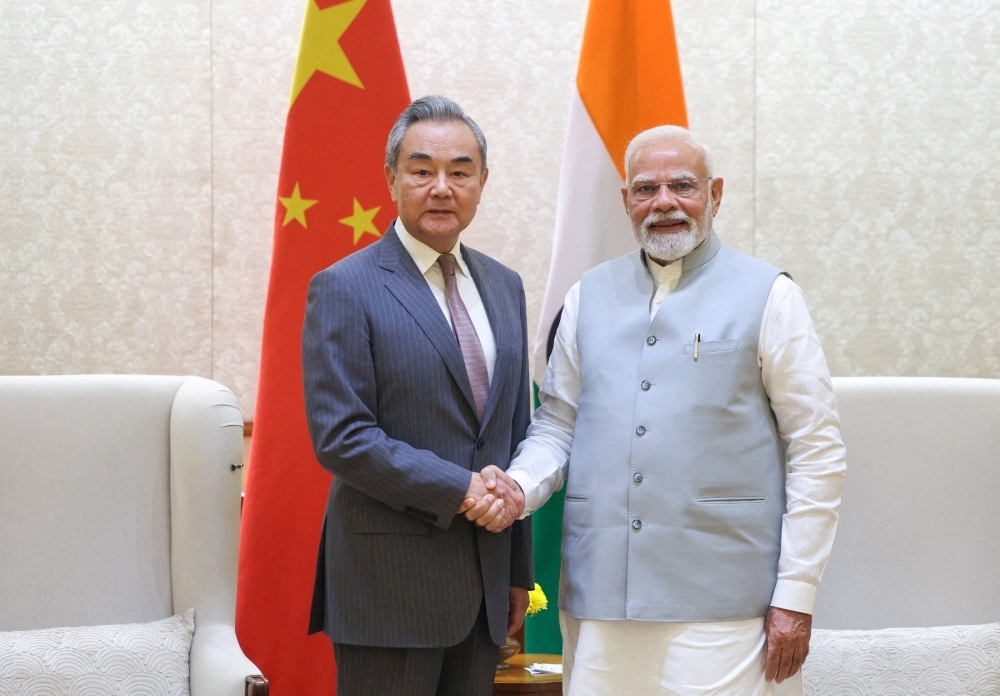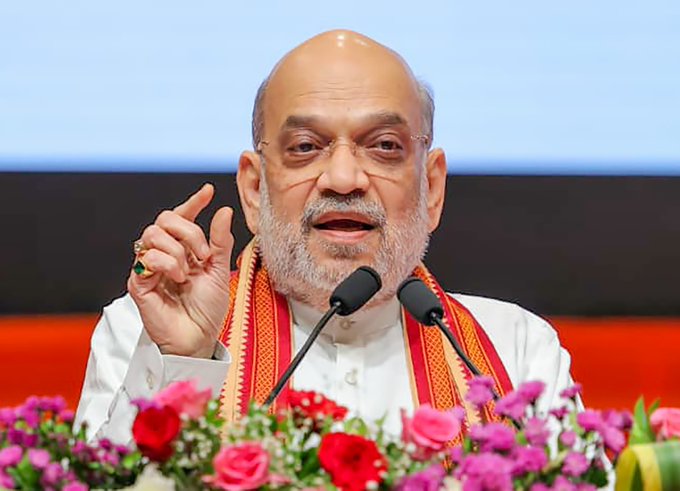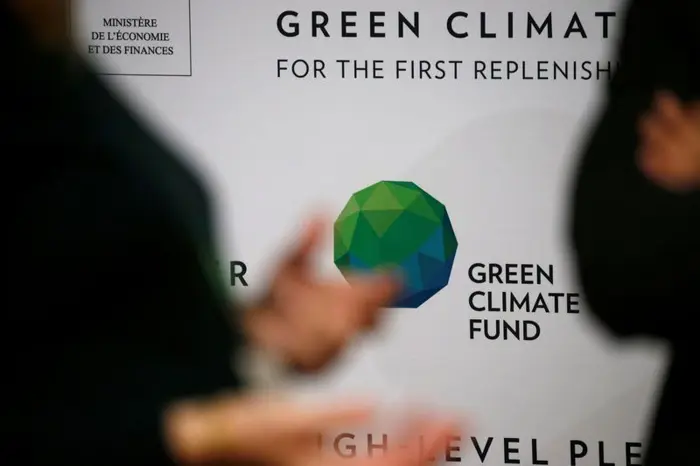In a move that signals a potential shift in global energy alliances, China has received its first shipment of liquefied natural gas (LNG) from Russia’s sanctioned Arctic LNG 2 project. The delivery, which took place quietly earlier this week, comes just days before a much-anticipated meeting between Russian President Vladimir Putin and Chinese President Xi Jinping in Tianjin.
The LNG cargo arrived aboard the tanker Arctic Mulan, which docked at the Beihai LNG terminal in southern China’s Guangxi region. The shipment originated from a storage facility in Russia’s Far East — one that has so far only handled supplies from the Arctic LNG 2 project, a development that’s been under U.S. and EU sanctions since Russia’s invasion of Ukraine in 2022.
This is the first time gas from Arctic LNG 2 has reached an end-user since the project went online last year, marking a quiet but notable step in the growing energy ties between Moscow and Beijing.
The delivery also carries deep diplomatic implications. Putin is set to join over 20 world leaders, including India’s Prime Minister Narendra Modi, at the Shanghai Cooperation Organisation (SCO) summit in Tianjin this weekend. Many expect Putin and Xi’s meeting to emphasize a renewed commitment to trade, especially in energy.
“This is China and Russia testing the waters,” commented Anne-Sophie Corbeau, a researcher at Columbia University’s Center on Global Energy Policy, on LinkedIn. “If this shipment proceeds without any significant U.S. backlash, it could open the door for more sanctioned cargoes to reach new buyers—perhaps India next.”
Experts say such shipments are likely not made lightly. “It’s unlikely Russia and China would go forward with this without some form of political greenlight or assurance that it won’t trigger fresh sanctions on terminal operators,” said Siamak Adibi, director at energy consultancy FGE.
The Arctic Mulan remains near the terminal, and little is known about its ownership or management, further underscoring the sensitivity of the operation. China’s PipeChina, which operates the terminal, has not issued any public statement so far.
The Arctic LNG 2 project was intended to be Russia’s largest LNG export facility, eventually producing 19.8 million metric tons annually. According to Adibi, if sanctions were lifted, an additional 12 million tons per year could soon enter the global market, potentially easing current supply pressures.
As the geopolitical spotlight shifts to Tianjin, all eyes will be on how the energy relationship between China and Russia evolves — and what it could mean for a world navigating both energy insecurity and diplomatic divides.




